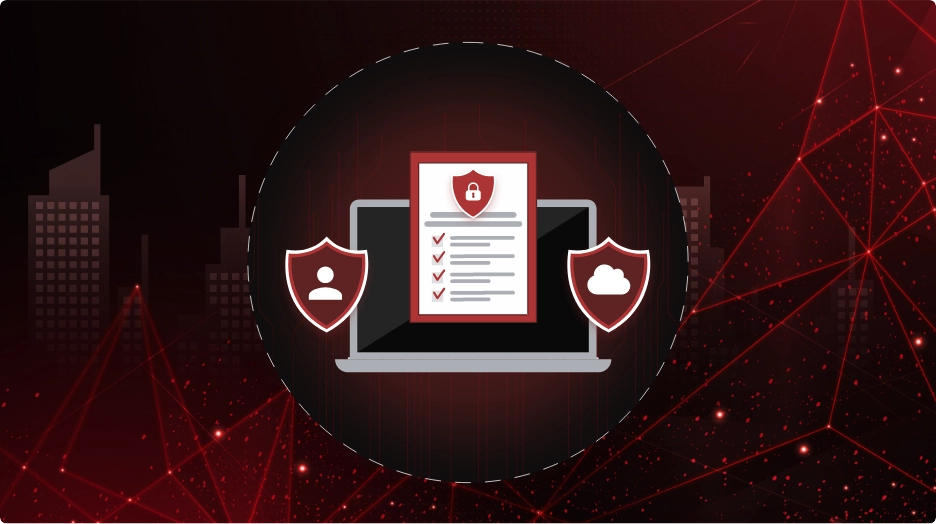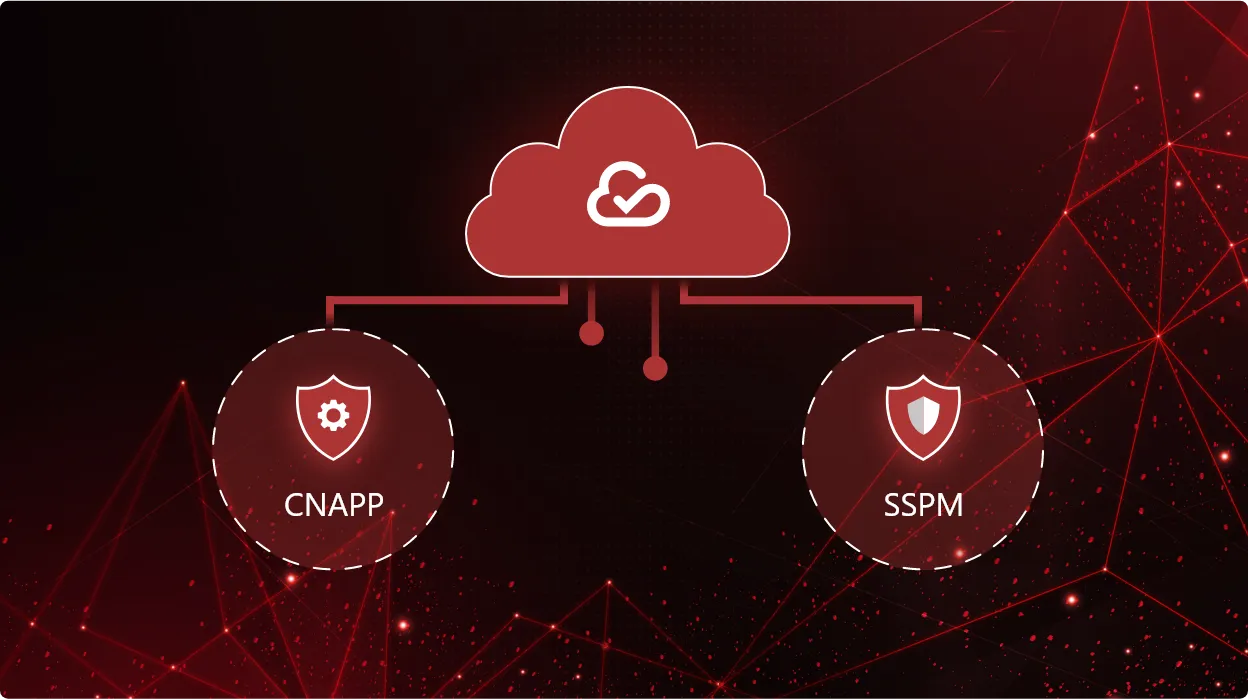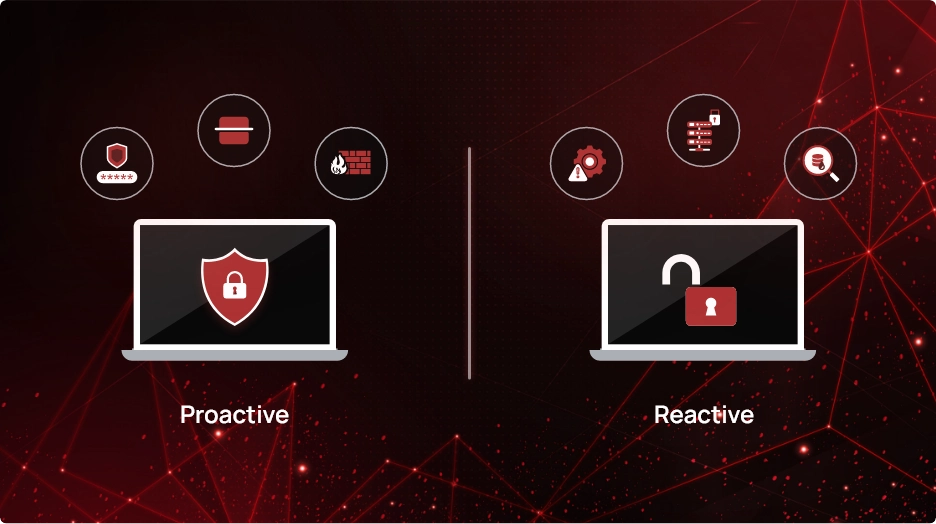Security Policies 101

Security policies, in essence, are the guiding principles that organizations follow to protect their digital assets. Since cyberattacks are more sophisticated than ever, having robust security policies is not just a necessity but a strategic imperative. These policies serve as the foundation for safeguarding sensitive information, ensuring its confidentiality, integrity, and availability.
Recognizing the Clear Need for Security Policies
The necessity of robust security policies becomes evident through real-world scenarios. Consider a scenario where unauthorized access jeopardizes sensitive customer data, leading to financial losses and reputational damage. Without clear security policies, organizations are susceptible to such breaches.
Take, for instance, the impact of a phishing attack on a company’s email system. Without a well-defined policy on email security, employees might unknowingly compromise crucial information. These breaches not only disrupt operations but also erode trust.
Furthermore, the diversity of security policies becomes crucial in addressing varied risks. A one-size-fits-all approach doesn’t suffice in the face of multifaceted threats. Organizations need tailored policies, addressing specific aspects like network security, data protection, or remote access.
By understanding the diverse risks they face, businesses can implement policies that act as strategic shields, adapting to the evolving threat landscape and ensuring comprehensive protection. In the upcoming sections, we’ll explore how to create such policies and ensure their effectiveness in safeguarding against an array of potential risks. By exploring these use cases, we underscore the critical role security policies play in mitigating risks and fortifying organizations against cyber threats.
Security Policies – Understanding Their Importance
Providing a firm foundation: A security policy may sound like bureaucratic red tape, but it plays a crucial role in any information security program. It doesn’t delve into technical details but clearly outlines senior management’s security intentions. This allows IT teams to translate these intentions into specific technical actions. For instance, a policy might state that only authorized users should access company information. Without such guidance, security measures can vary across different groups, leading to inconsistencies.
Establishing standards: In the absence of a security policy, employees are left to their own judgment on what’s acceptable or not. Should company devices be used for personal matters? Is it okay for a manager to share passwords for convenience? Without clear policies, different employees might have different answers. A security policy not only sets standards but also outlines how compliance is monitored and enforced.
Adhering to compliance requirements: Regulatory compliance, such as HIPAA, PCI-DSS, ISO 27001, and SOC2, mandates documented security policies. Even without explicit requirements, having a security policy is a practical necessity to address increasingly stringent security and data privacy standards.
Enhancing operational efficiency: A well-crafted security policy goes beyond just compliance; it improves organizational efficiency. By ensuring everyone is on the same page, it minimizes duplication of effort, maintains consistency in monitoring, and facilitates compliance enforcement. The policy should also provide clear guidance on when and how policy exceptions are granted.
Creating Security Policies – What You Should Know
Creating effective security policies is a strategic process that begins with a profound understanding of the organization.
- Understanding the organization: To start, aligning security policies with business objectives is paramount. Recognizing the intricacies of how the organization operates ensures that security measures seamlessly integrate with overarching goals.
- Identifying stakeholders and gaining buy-in: Identify key players in policy creation, involving various departments and personnel. Critical to success is securing buy-in from senior management, as their support not only influences policy effectiveness but also fosters a culture of security throughout the organization.
- Defining policy scope and applicability: Clearly defining who the policy applies to and determining organizational concepts for scope are foundational steps. This involves specifying geographic regions, business units, job roles, or any other relevant organizational parameters, ensuring that the policy is tailored to meet specific needs.
- Setting clear objectives: Crafting a clear mission statement establishes the purpose and objectives of the security policy. This clarity helps employees understand the importance of information security, fostering a collective commitment to safeguarding sensitive data.
- Consideration of compliance requirements: Addressing industry regulations, such as HIPAA, is critical. Compliance with these regulations ensures that the organization not only meets legal requirements but also aligns with industry standards, further enhancing its security posture.
Ensuring the Effectiveness of Security Policies
Realistic and enforceable: Creating security policies that strike a balance between robust protection and practicality is key. It’s crucial to design policies that employees can adhere to without hindering productivity. To fortify these policies, establishing clear enforcement mechanisms ensures that the guidelines are not just written rules but actively safeguarded.
Clear definitions of terms: Effective policies hinge on language accessibility. Using non-technical language allows all employees to comprehend and adhere to security guidelines. Furthermore, providing clear definitions for technical terms ensures that even those less familiar with cybersecurity jargon can grasp the importance of each policy element.
Up-to-date information: Regular policy reviews are paramount to maintaining effectiveness. The frequency of updates varies based on policy types, with some requiring more frequent adjustments to keep pace with evolving threats. Ensuring that policies reflect the latest industry standards and technological advancements is critical.
Security posture management solutions: Cloud and SaaS security posture management (CSPM and SSPM) solutions play pivotal roles in enhancing policy effectiveness. They can be customized to suit specific security policies and compliance rules. By integrating security policies with such tools, organizations can automatically detect deviations.
CheckRed is a robust SaaS and Cloud Security Posture Management tool. It streamlines policy implementation and management, offering a centralized solution to enforce, monitor, and adapt security policies seamlessly.
The effectiveness of security policies lies in their realism, clarity, adaptability, and alignment with organizational risk appetite. Emphasizing the ongoing importance of these policies, organizations are urged to prioritize and continually enhance their security measures to stay resilient in the face of evolving threats.


